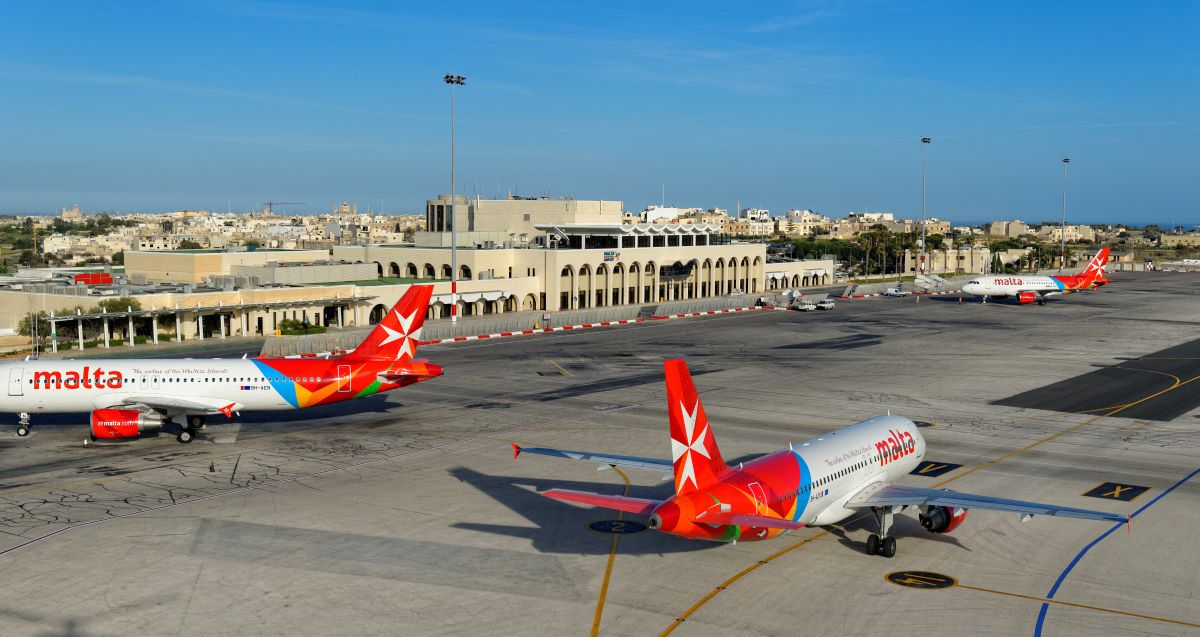Air Malta, the national flag carrier, has announced that it will be leasing an additional aircraft to improve its services this summer.
Slated to operate between July and October of this year, the Airbus A320, wet leased from Getjet, is expected to facilitate extra services on markets including Madrid, Prague, Lyon, and charter services to Warsaw.
Speaking about this growth, Air Malta’s chief commercial officer, Roy Kinnear, said, “It’s encouraging to see air travel rebound strongly and demand from customers who have longed to travel again, rising sharply. During April and May we have carried over 267,000 guests across our 17 routes, achieving unprecedented seat load factors for both months.”
The airline’s executive chairman David G. Curmi added: “These increases are further good news to the local travel and tourism industries which have passed through challenging times over the past years. The record levels of seat load factor being experienced by our airline are expected to continue in the coming months and during this month (June) we are operating with at a network occupancy level greater than 90 per cent.”
He said that the additional capacity provided by the leased aircraft will help facilitate the increased demand for inbound tourism travel to Malta as well as boost travel opportunities to Maltese citizens wishing to travel overseas for holidays.
This summer, with this additional aircraft, the Maltese national airline will operate with eight Airbus aircraft, all based in Malta.
Final deeds of sale rise 8.4%, promise of sale agreements up 6.8% in November
Malta’s residential property market strengthened again last month
Employment rises 4.8% as labour market continues to expand
66.8% of the population aged 15 and above are employed
MTA donates €3,000 award to marine conservation NGOs Sharklab Malta and Nature Trust
'Sharklab Malta and Nature Trust have been instrumental in supporting our marine environment'






